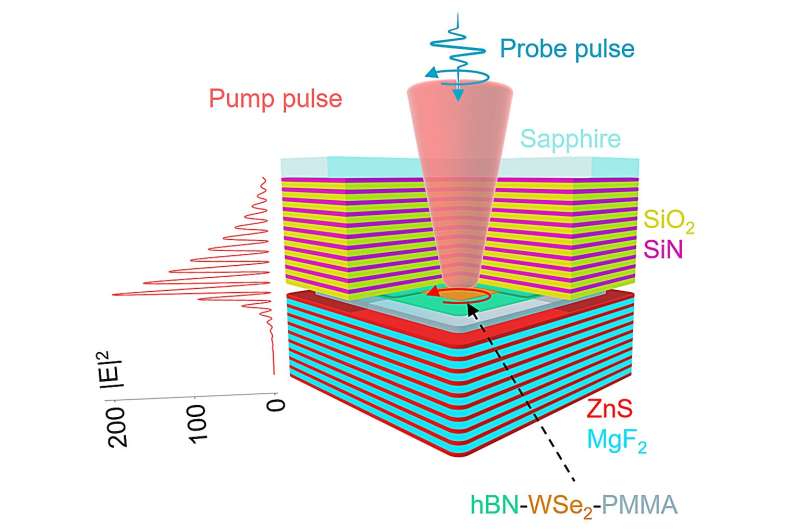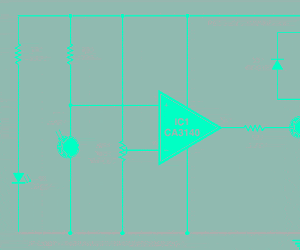Using circularly polarised light and advanced materials, the switch demonstrates traditional and logic gate operations, promising significant advancements in optical computing and neural networks.

Modern high-speed internet relies on fibre-optic cables, which transmit data using light. When data processing is required, these light signals must convert into electrical signals, slowing transmission. Researchers at the University of Michigan have taken a step toward solving this bottleneck with a breakthrough: an ultrafast all-optical switch that processes data entirely with light, eliminating the need for electrical conversion.
The research team demonstrated that circularly polarised light, which twists like a helix, passed through an optical cavity containing an ultrathin semiconductor. The study shows how this new switch could operate either as a conventional optical switch or as an Exclusive OR (XOR) logic gate. In the XOR mode, the switch only generates an output signal when two light inputs twist in opposite directions.
Harnessing Helical Lasers and Optical Stark Effect
The team achieved this by directing a helical laser through an optical cavity lined with mirrors, which amplified the laser’s strength. They embedded a one-molecule-thick layer of tungsten diselenide (WSe2) within the cavity, creating a nonlinear optical effect known as the optical Stark effect. This effect alters the energy levels of electrons, shifting the signal light’s properties and generating a pseudo-magnetic field as strong as 210 Tesla—more than double the strength of Earth’s strongest magnets.
All-optical switches are fundamental building blocks for optical computing and neural networks. Optical computing holds promise due to its low energy loss compared to traditional electronics. The team mentioned that their work tackles the challenge of reducing power consumption by using two-dimensional materials to switch data with minimal energy.
This pseudo-magnetic field allowed the researchers to manipulate electron spins, aligning them based on the direction of the light’s twist and breaking a phenomenon called time-reversal symmetry. Controlling this symmetry opens exciting possibilities for both fundamental science and new technologie. This sets the stage for innovations in optical computing, promising faster, energy-efficient data processing.






